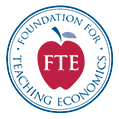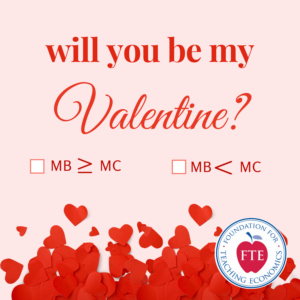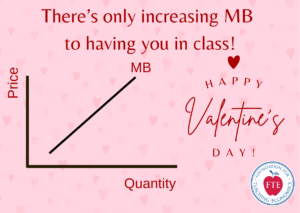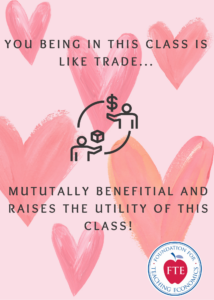The Economics of Love, Trade, and Opportunity Cost
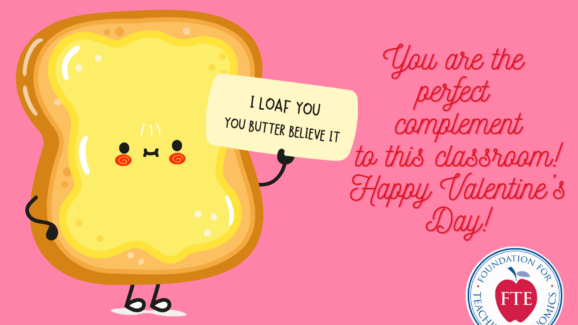

The Economic Way of Thinking: The Key to Financial Literacy
April 10, 2025 Professor Jamie Wagner discusses how economics is the key to financial literacy. She is a Professor and…
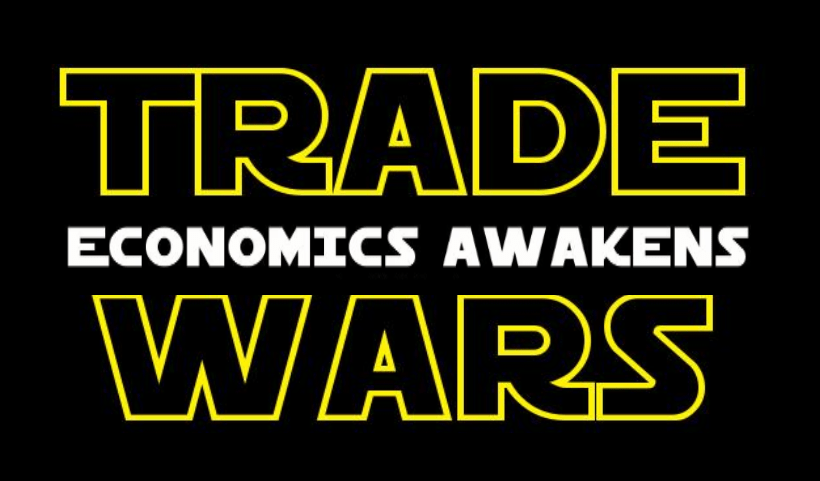
Trade Wars – Economics Awakens (repost)
FTE is re-posting this article written during Trump 1.0. Much of what Professor Malek had to say about tariffs back…
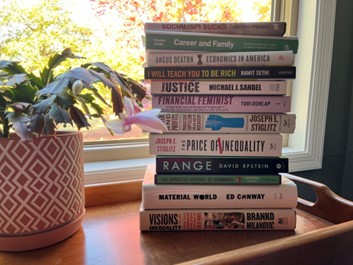
Book Club Recap – Socialism Sucks: Two Economists Drink Their Way Through The Unfree World
December 2, 2024 Jamie Wagner is a Professor and Teaching Fellow with the Foundation for Teaching Economics, as well as…
